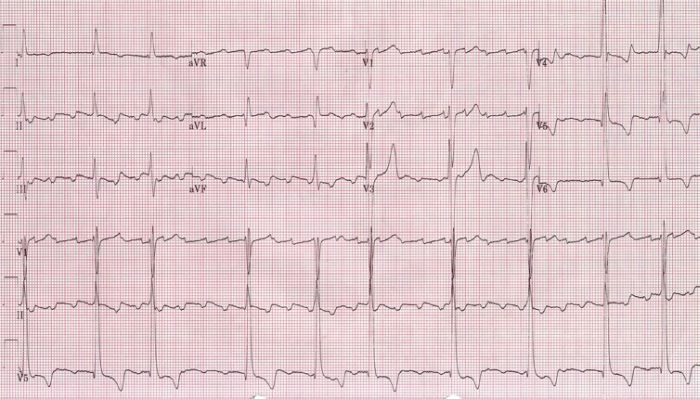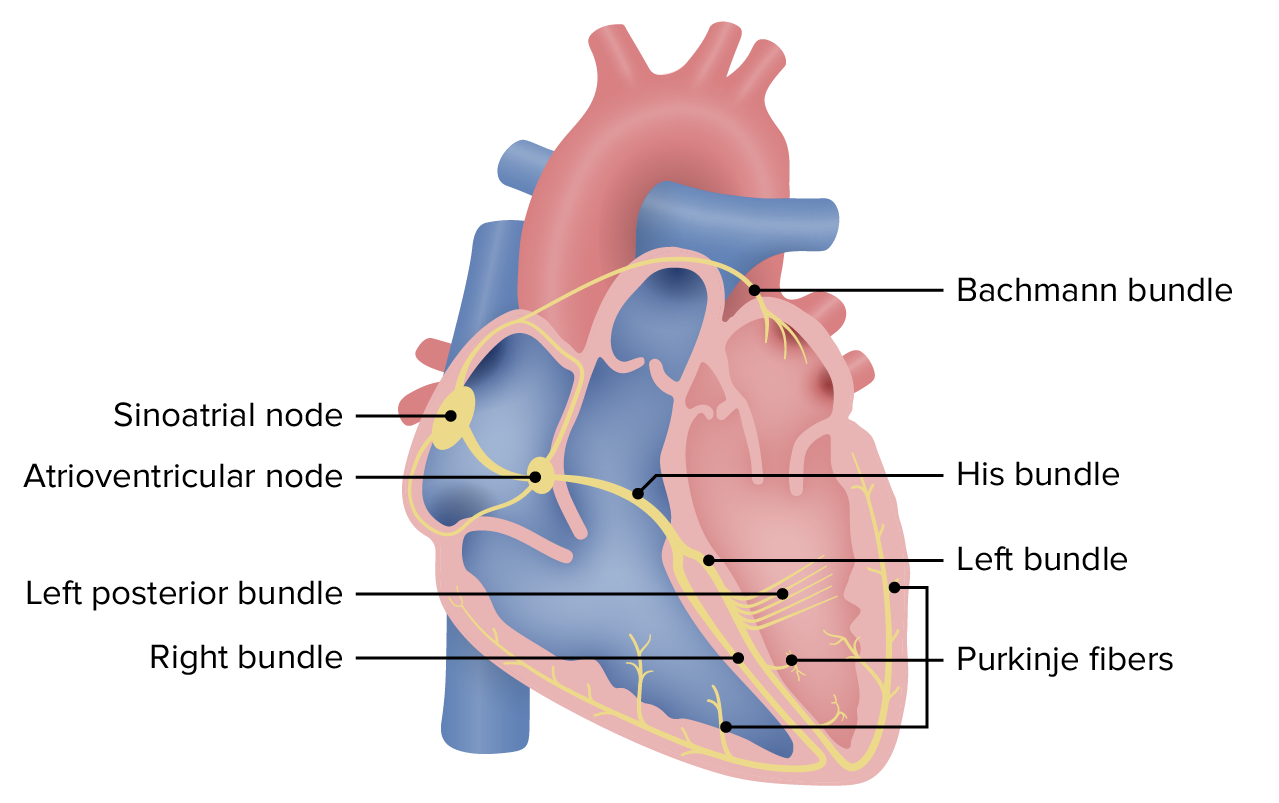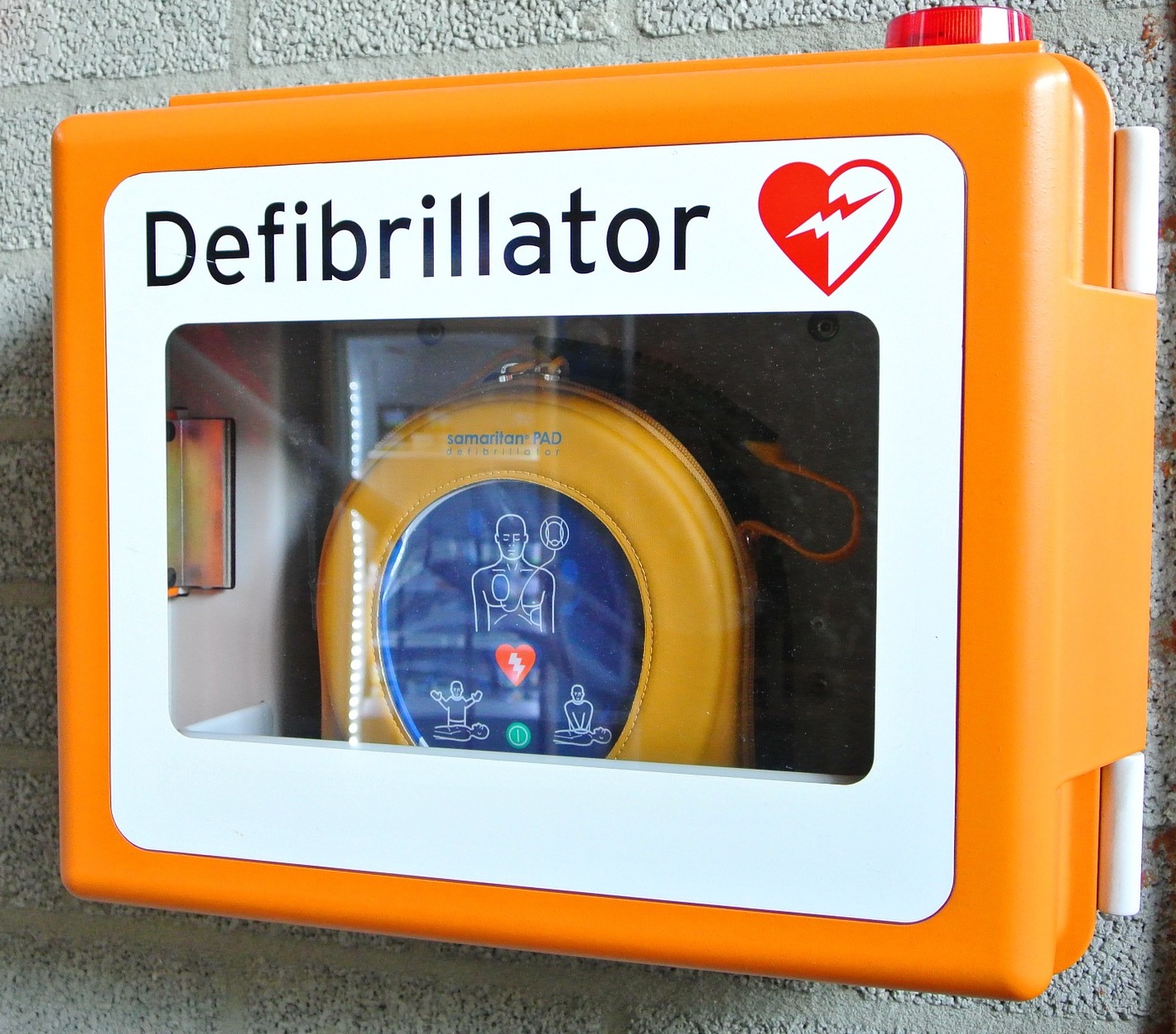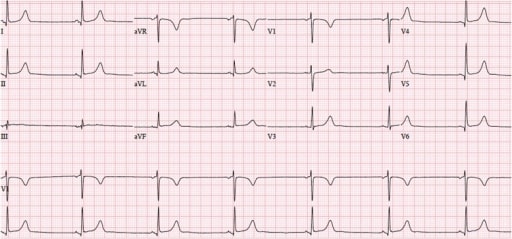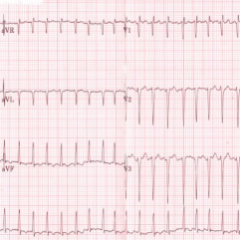Playlist
Show Playlist
Hide Playlist
Cardiac Diseases – Patient and Doctor Induced Emergencies
-
12 -Patient and Doctor induced.pdf
-
Download Lecture Overview
00:00 How about other types of cardiac disease and cardiac arrest? We've talked about hyperkalemic cardiac arrest. But most commonly, cardiac arrest in the operating room is due to ischemic heart disease, so lack of adequate oxygen to the heart muscle itself. 00:17 It often is associated with patients and heart failure. Or patients with severe vascular disease, particularly Severe Aortic Stenosis. Treatment of cardiac arrest in the operating room, under normal circumstances, should follow ACLS guidelines. 00:35 With the surgeon providing the CPR and the anesthesiologist largely controlling the direction of the arrest protocol by determining what drugs will be given, when the defibrillator will be used, and by monitoring saturation and end-tidal carbon dioxide. Most important thing to do in a cardiac arrest situation is to press the arrest button and get help. They can occur secondary to pulmonary emboli, tension pneumothorax, or cardiac tamponade, or in hypovolemic shock, patients who have bled out. And these conditions have to be treated in addition to using the ACLS protocols, before recovery can occur. 01:23 Arrhythmias are generally treated according to ACLS protocols. With ventricular fibrillation and pulseless ventricular tachycardia, treated with defibrillation. Normally, atrial arrhythmias are fairly common during anesthesia. And normally they are of no consequence and most of the time you don't need to call a cardiac arrest if you've just got an atrial arrhythmia. So we're now going to talk about Drug Errors.
About the Lecture
The lecture Cardiac Diseases – Patient and Doctor Induced Emergencies by Brian Warriner, MD, FRCPC is from the course Emergencies.
Included Quiz Questions
Which description applies to cardiac arrest in the OR?
- Uncommon but usually seen in patients with preexisting cardiac disease
- Needs to be managed in a non-ACLS fashion
- Most often seen after minor atrial arrhythmias occur
- Always secondary to preexisting cardiac disease
- Never occur during induction of anesthesia
Which medical specialist manages drug therapy during cardiac arrest in the OR?
- Anesthesiologist
- Surgeon
- Intensivist
- Emergency physician
- Cardiologist
Customer reviews
5,0 of 5 stars
| 5 Stars |
|
1 |
| 4 Stars |
|
0 |
| 3 Stars |
|
0 |
| 2 Stars |
|
0 |
| 1 Star |
|
0 |
Roles and which protocol to follow are defined. Quick overview. Excellent resource article.

